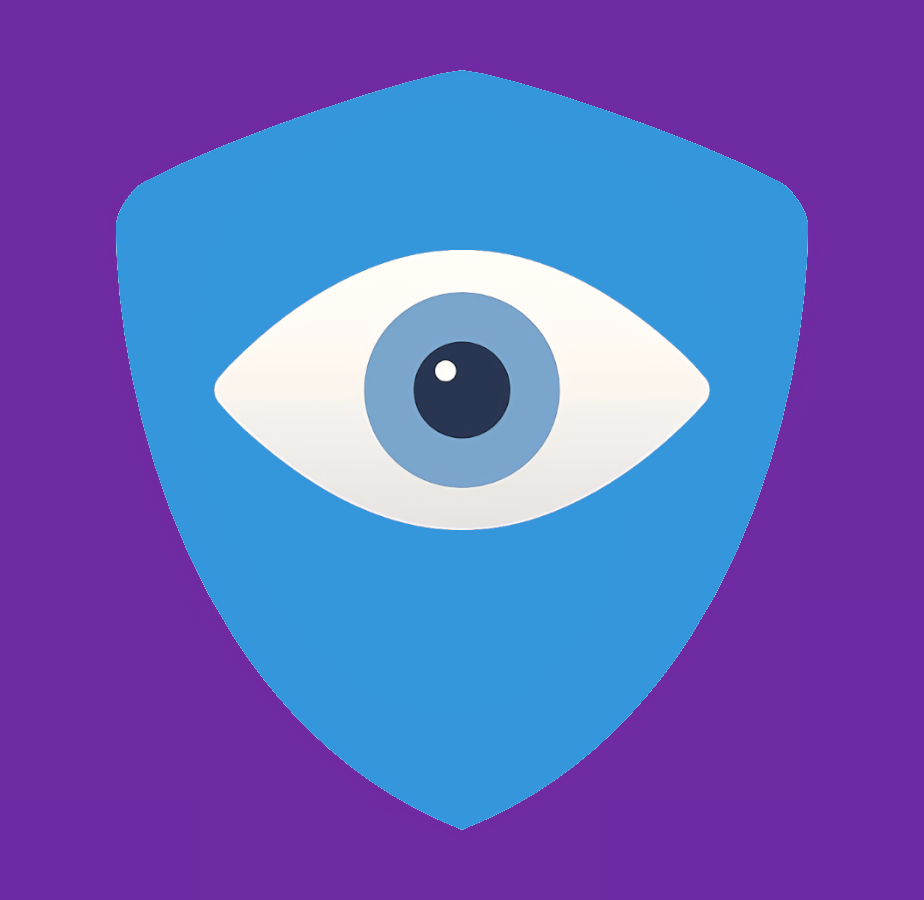edit: thank you all for your replies! They are all very helpful. I am reading through them and will ask follow-up questions if needed.
I made a post some days ago asking about LineageOS, but my curiosity towards Google Pixels and GrapheneOS has been growing. As somebody who has always used regular Samsungs and iPhones, I hope somebody can clear up some questions I have regarding this OS.
I plan that my next phone is to be either a Motorola (LineageOS/SailfishOS?) or a Pixel (GrapheneOS). My first question about GrapheneOS, or really any non-standard OS, is this:
- how does having an account on the device work? For example, Samsungs require a Samsung account and iPhones require an iCloud account. How does it work on non-standard OSes?
My second question touches on built-in apps that you often get with every phone:
- does GrapheneOS have its own Notes/Drive/Photos/Messages app? If not, how does one go about obtaining these? Related question:
- how do I sync my notes/photos/files/etc to the “cloud” of GrapheneOS?
My third question regards the app store of GrapheneOS. I have heard that the sandboxed Play Store is better than FDroid, for instance; what are your thoughts? Do I go for Aurora Store instead? Is there any major difference at all? Is it possible to use multiple app stores?
- note that I likely won’t be solely relying on FDroid since I need some non-FOSS apps (FB Messenger for contacting family for example).
I know that in the privacy community, it’s very common to fix up a cloud of your own (i.e. NextCloud). I have no experience doing this, but is it something I must do when I install atypical OSes? Then comes the question about pricing, how private and secure it really is, which one to choose… and so on.
I understand many of these questions will sound stupid to those who are experienced, but I have not been part of this community very long. Feel free to link any educational videos or articles that answer my questions. I hope to learn more about this subject and one day installing a more secure system on my phone. Cheers!


On GrapheneOS, you don’t log in to any online account. All your stuff is just locally stored on your device by default. You can install third-party apps to sync your data, but GrapheneOS has no online account/sync system built in.
It has the standard Android (non Google) File manager, Gallery and SMS app. These aren’t particularly good though. I recommend Fossify apps, they are completely free and open source, respect your privacy and offer a pretty good user experience. Fossify has a notes app, gallery, file manager, SMS app, phone app (dialer), music player, clock, keyboard, launcher and some other stuff.
GrapheneOS doesn’t have a cloud. You need to find a solution for syncing your data yourself. There’s DAVx5, which uses the WebDAV protocol, Nextcloud, EteSync, PhotoPrism, Immich and many more. They all serve different purposes. DAVx5 works with any WebDAV-compatible server, it lets you sync calendars, contacts and tasks. Nextcloud is a self-hosted replacement for things like Google Drive, it lets you sync files, calendars, contacts, notes, photos, bookmarks, recipies, basically everything you could imagine. Note that the official Nextcloud app only lets you sync files, but there are other Nextcloud-compatible apps on F-Droid that let you use more features of the Nextcloud server. Both PhotoPrism and Immich are self-hosted solutions for syncing your photos, Immich has an official Android app on F-Droid , PhotoPrism only has this unofficial one called Gallery for PhotoPrism. If you’re not into self-hosting, there are still good, private options out there. EteSync allows you to sync your contacts, calendars, tasks and notes, and it uses end-to-end encryption by default. You can self-host it, but you don’t have to. You can just pay them $2/month and they will handle it for you. Personally, I like to self-host my own instance of Etebase, the backend server for EteSync. Other private, cloud-hosted options are Proton for email, calendar and files or Ente for photos (their app is also on F-Droid).
Personally, I use Aurora Store if I need to download something from Google Play.
Yes, you’re not bound to one app store, you can use multiple ones.
You can DM me if you have more questions.
Thanks for taking the time to answer
+1 for recommending Fossify over ‘SimpleApps’
Extending the reply for ‘Sandboxed Play Store … F-Droid … Aurora Store’ -
I’d recommend you have both - F-Droid and Aurora Store. If you need to access the Play Store subscriptions, then you’d need to install Play Store as well.